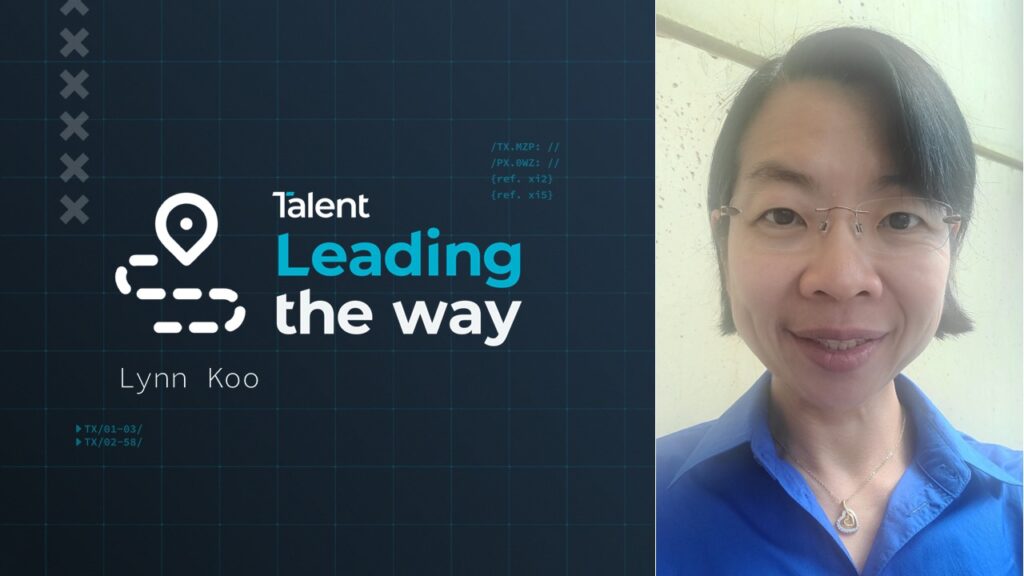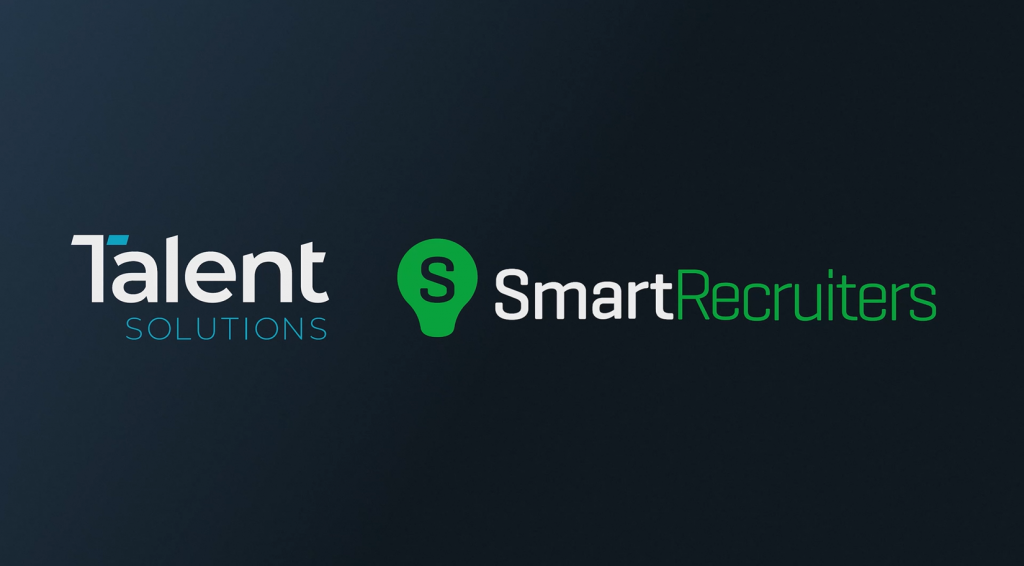In 2024, we’re seeing the immense salary growth of the past few years start to plateau and salaries begin to stabilise. However, with skills in data, AI, and cybersecurity remaining in high demand, there are a few roles where candidates can expect to earn more. We look into the top 10 highest paying tech roles in Australia for the year ahead.
10. Senior Data Scientist
Providing advanced expertise on statistical and mathematical concepts for the broader Data & Analytics department, the Senior Data Scientist applies and inspires the adoption of advanced data science and analytics across the business.
So, which skills do you need to possess to succeed in this role in 2024? Talent Sydney recruitment expert, Alan Dowdall, breaks it down. “Buzzword bingo – Machine Learning, AI, Big Data and algorithms are part and parcel of a day in the life of a Senior Data Scientist. The ability to look at the big picture and identify value for companies is the role in its simplest form.” On top of being well-versed and skilled in data, Alan shares that “the best Senior Data Scientists will mentor more junior team members who are often coming from the education system with limited commercial knowledge”.
Looking to the year ahead, Simon Yeung, Talent Melbourne Managing Director notes that “data-driven decision-making will remain a priority. Companies will invest in advanced analytics tools, big data management, and business intelligence platforms to derive actionable insights and drive strategic initiatives.”, highlighting that demand for professionals with data skillsets is only set to grow.
Expect to earn (AU average):
Permanent – $186k per year
Contract – $140 per hour
9. Solutions Architect
Tasked with assisting in the build of new systems needed by their company, the Solutions Architect must be able to identify their business’ current problems and future technological goals. Talent Sydney recruitment expert, Elliott Howard, shares the technical know-how these professionals should possess and the soft skills beyond the tools they also need to hone. “Coming from a strong technical background, Solutions Architects are now at the point of their career where they are moving away from the day-to-day hands-on engineering to focus on design and architecting solutions. There is now a strong focus on Solutions Architects to work closely with business and technology stakeholders to understand their requirements before partnering with the engineering team to implement the design, and therefore require candidates to have exceptional communication and stakeholder engagement skills, with an ability to articulate and explain technical jargon in plain English”.
Expect to earn (AU average):
Permanent – $189k per year
Contract – $156 per hour
8. Infrastructure Architect
The Infrastructure Architect is responsible for assessing existing company systems to determine efficiency and security. They are tasked with designing and implementing information systems to meet business needs and improve performance. Taliya Lukeman, Talent Adelaide recruitment specialist notes that “when it comes to tech skills in demand, Infrastructure is at an all-time high”. With strong market demand for Infrastructure skillsets, the Infrastructure Architect is able to command higher salaries and rates – so much so that contract rates in this space have seen an increase of up to 35%, according to our Talent More Than Money Salary Guide 2024.
Expect to earn (AU average):
Permanent – $190k per year
Contract – $151 per hour
7. Business Intelligence Architect
The Business Intelligence Architect is responsible for processing large stores of information to draw intelligent findings and communicate these to the business. Alan Dowdall breaks it down. “BI Architects are the people who ensure companies are collecting the right data that drives business-focussed insights. They make the dark arts of Power and Tableau look extremely easy”.
With data skillsets dominating the list of fastest growing skillsets in 2024 according to LinkedIn Talent Insights – think a 56% growth in professionals with Microsoft Power BI skills since 2023, and a 50% growth in Microsoft Azure – it’s clear that data is a large focus area in the market, attracting those higher salaries in 2024.
Expect to earn (AU average):
Permanent – $195k per year
Contract – $142 per hour
6. Cybersecurity Manager
The Cybersecurity Manager is responsible for developing and implementing security strategies, managing a company’s security operations, ensuring regulatory compliance, and leading incident response efforts. As cyber threats only increase, Talent Sydney recruitment expert, Elliott Howard notes that demand for cybersecurity professionals is only on the up. “There have been supply and demand issues for cyber resources for a number of years, and the recent high-profile cyber incidents have further exacerbated this. Demand has definitely increased as employers look to build up their existing cyber teams and defences.” It’s the same story in Victoria, with Talent Melbourne Managing Director, Simon Yeung, predicting that over 2024, “with the persistent threat of cyberattacks, businesses will invest heavily in robust cybersecurity measures to safeguard their data, systems, and customer information.”
Expect to earn (AU average):
Permanent – $202k per year
Contract – $163 per hour
5. SOC Manager
With cybersecurity one of the biggest business priorities for the year ahead, it’s no surprise that another cybersecurity role makes the list of highest paying tech roles. The SOC Manager leads the security operations team, manages high-level IT security issues, and offers training and technical guidance to their people. Elliott Howard observes that demand is strong for SOC Managers in the market as companies look to lock down their systems, “Organisations are currently faced with either outsourcing their cyber protection to a third party vendor or trying to build this capability in-house. In the latter scenario, a SOC Manager is an integral piece of achieving this outcome”.
Expect to earn (AU average):
Permanent – $205k per year
Contract – $167 per hour
4. Programme Manager
Responsible for overseeing designated projects within an organisation, the Programme Manager is tasked with planning and developing strategy, including defining the goals and timeline for the projects they supervise.
So, what else is critical to achieve success in this role in 2024? “Programme Managers will have come from a strong project management background, with experience delivering a variety of projects, managing budgets circa $10 – 20M+, and reporting to steering committees on the progress of the program”, states Elliott Howard. Looking at the bigger picture, “they are ultimately responsible for the delivery of large project initiatives”.
Expect to earn (AU average):
Permanent – $210k per year
Contract – $160 per hour
3. Cloud Architect
With cloud-based technologies evolving and the growing dependence on these systems for information storing and sharing, the role of the Cloud Architect has become increasingly important. “The migration to cloud-based services and infrastructure will continue to accelerate. Investments will focus on optimising cloud environments, enhancing scalability, and integrating multi-cloud strategies to improve flexibility and performance” shares Talent Melbourne Managing Director, Simon Yeung. This is particularly true across the tertiary education sector in Australia, with Talent Sydney recruitment expert, Majella Sanders noting that “many universities are assessing their enterprise systems including their ERP and cloud platforms. As such, there is significant demand for cloud platform specialists, and integration and migration specialists”. As cloud migration projects grow in prominence, we can only expect that demand for these professionals will continue rise throughout 2024, seeing salaries remain at a high.
Expect to earn (AU average):
Permanent – $212k per year
Contract – $156 per hour
2. Cybersecurity Architect
Increasingly necessary to an organisation are Security Architects, management-level professionals who oversee the security of an organisation’s network. These professionals are needed when the network is first designed, built, and implemented, as well as throughout the entire lifecycle.
Elliott Howard shares the importance of this role in the modern workplace. “Cybersecurity is an essential component of any IT department’s makeup, with the Security Architect responsible for designing, building, and implementing security solutions within their IT environment. This can cover the full gamut of cybersecurity and as such, prospective employers will want candidates who have significant experience working across a number of cyber disciplines”.
Elliott also shares that harnessing transferrable skills can go a long way for those looking to break into this role. “We have noticed a trend of candidates with strong network security or defence experience transitioning into cybersecurity.”
Expect to earn (AU average):
Permanent – $222k per year
Contract – $164 per hour
1. Enterprise Architect
A technology agnostic mindset is key for the highest paying tech job on this list – the Enterprise Architect. Responsible for overseeing and maintaining their company’s IT services and networks, these professionals need to be at the top of their game when it comes to being aware of the latest trends in tech. According to Elliott Howard, “this is a big picture role, engaging with senior stakeholders from across the business, using their technical expertise along with their influencing and negotiation skills to help shape the technical direction and future state of their IT environment”.
Expect to earn (AU average):
Permanent – $234k per year
Contract – $172 per hour
Interested in the average salary for your role and how you can get ahead in the current market? Check out our More Than Money Salary Guide 2024. Looking for your next role? Visit our job search for hundreds of opportunities in tech, transformation and beyond.
*Excluding C-Suite roles
– Permanent salaries are exclusive of superannuation












